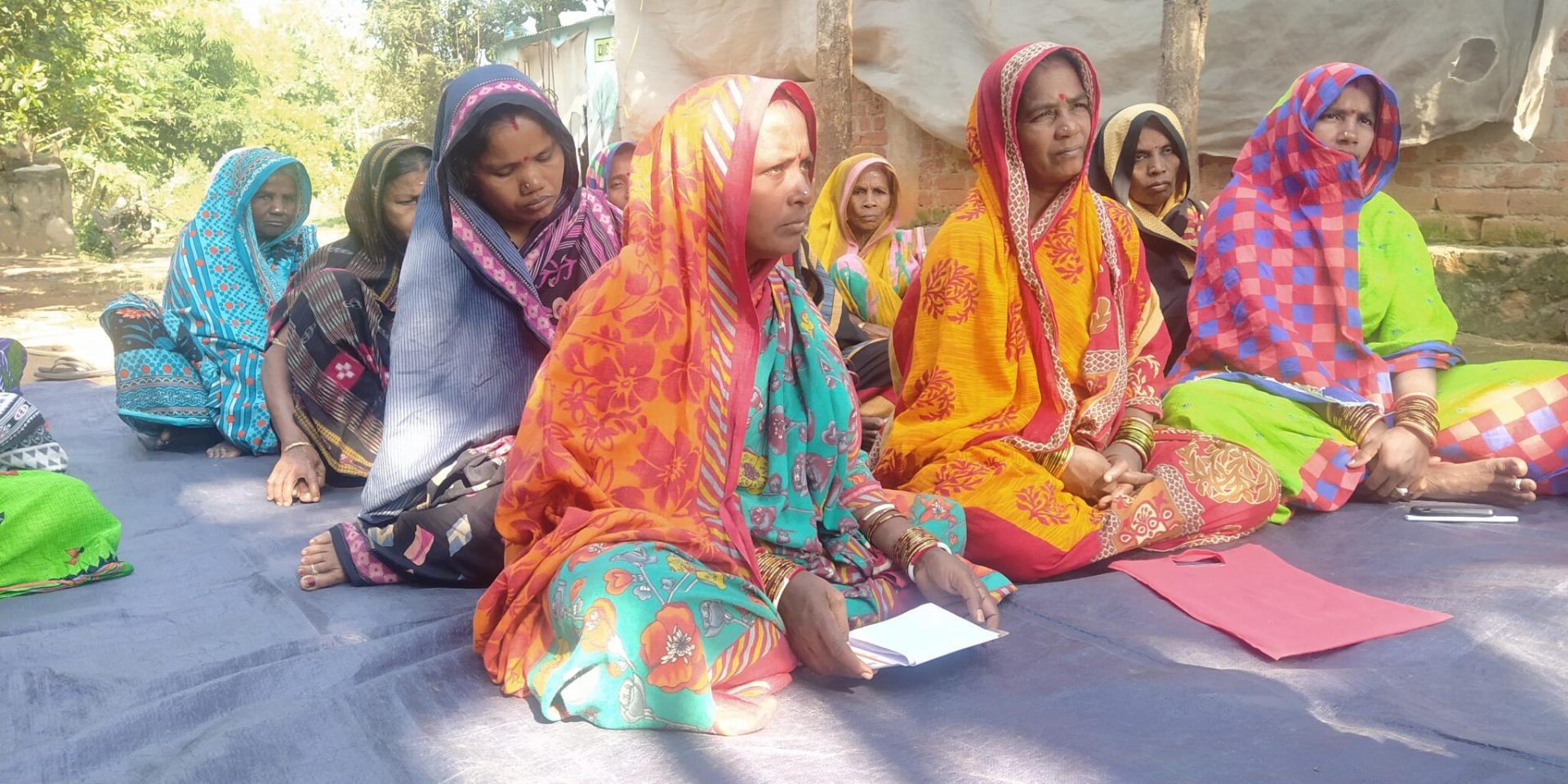Understanding the information gender gap when talking to women farmers about seeds

Participatory approaches, such as user testing, to assess the effectiveness of information pathways provide insider knowledge about the dynamics of the relationship between communication systems and gender in seed systems. Involving women in determining the effectiveness of information pathways and understanding their communication needs creates new possibilities for innovations in seed information systems as well as facilitates the process of unpacking gender to understand the intersectional dynamics therein.
Women are critical actors in agricultural systems and actively engage in various agricultural activities from pre-production to post-production. Yet, their agricultural decision-making power remains limited compared to men.
Information and knowledge are vital for agricultural decision-making. Women farmers are often at risk of being disempowered because of their limited access to timely, accurate, and reliable information that could improve their productivity and overall household status.
Information and power imbalances
Women’s sources of information are often restricted to informal and personal networks owing to their limited mobility and formal education, social norms, and other barriers. This poses a major constraint to them in accessing new information emanating from technological innovations in the formal agricultural sector leading to “information asymmetry” and expanding the gendered knowledge gap among farmers.
Information asymmetry prevents women farmers from learning about innovations in the formal seed sector, sources of quality seed beyond their areas, and schemes that could help them buy seeds of improved varieties, among others. Inadequate and untimely information on quality seeds leads to lower varietal uptake and potentially compromises the health and diversity of seed systems.
However, the gender dimensions of information systems are often ignored. It is assumed that the same communication products and channels can reach and be understood by all social groups equally well. However, understanding women farmers’ unique needs and preferences when designing communication products and the pathways to effectively deliver information is essential